Cats are known for their particular bathroom habits and preferences, which can sometimes leave cat owners puzzled. One question that often arises is whether cats will use pee pads, commonly used for puppy training. This article delves into the world of feline bathroom behavior to provide a comprehensive understanding of whether pee pads are a viable option for your furry friend.
Key Takeaways:
- Pee pads can be an alternative for cats, especially those with mobility issues or as a temporary solution during travel.
- Training a cat to use a pee pad requires patience and positive reinforcement, similar to litter box training.
- Health issues can influence a cat's willingness to use a pee pad; always consult a veterinarian if there are sudden changes in bathroom habits.
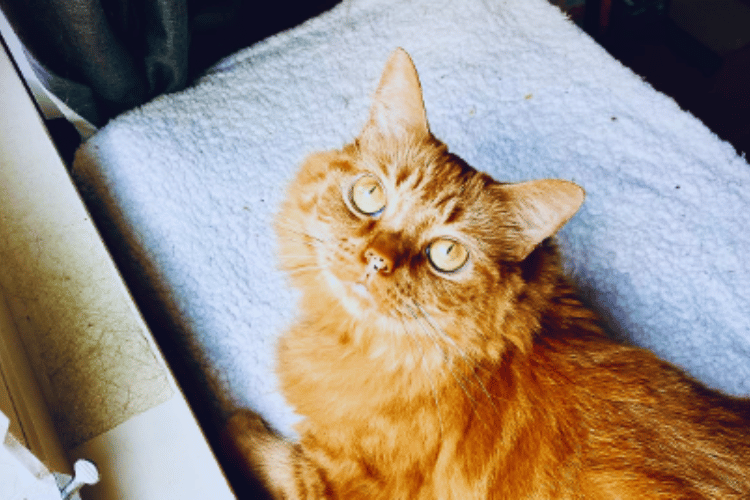
Pee Pads: Not Just for Puppies
Traditionally, pee pads, also known as puppy pads, are associated with dog training. However, they can also be a solution for cat owners in certain situations. Pee pads are designed to absorb urine and lock in odor, which can be particularly helpful if your cat has a tendency to miss the litter box or if you're dealing with a kitten still learning where to relieve themselves.
The Alpha Cat and the Pee Pad
In multi-cat households, the alpha cat may sometimes mark territory outside the litter box to assert dominance. This behavior can lead to other cats feeling stressed and avoiding the litter box. Introducing pee pads in different areas can provide alternative spots for your cats to relieve themselves without feeling intimidated.
Training Your Cat to Use a Pee Pad
Training a cat to use a pee pad is not vastly different from litter box training. It requires patience and positive reinforcement. Place the pee pad in a quiet, accessible area and gently place your cat on it at times they are likely to go, such as after meals or waking up. Rewarding your cat with treats or affection when they use the pad correctly can encourage this behavior.
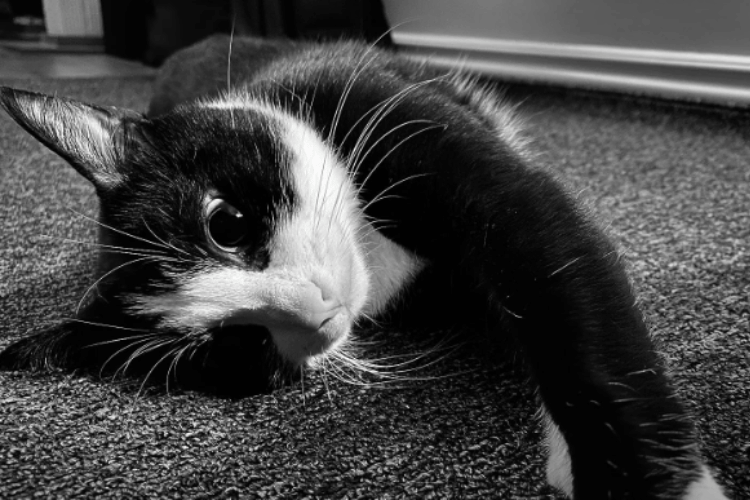
When the Cat Refuses the Pee Pad
Despite your best efforts, there may be times when a cat refuses to use a pee pad. This could be due to a variety of reasons, such as the texture or smell of the pad, location, or underlying health issues. It's important to rule out medical conditions like kidney disease or bladder problems with the help of a veterinarian if your cat suddenly changes its bathroom habits.
Male Cats and Marking Territory
Male cats, especially those that are not neutered, have a strong instinct to mark territory. This can sometimes result in them spraying urine on vertical surfaces like walls or furniture. While pee pads may not prevent this behavior, they can be placed in areas where the cat has previously marked to protect your home from the mess and smell.
The Litter Box vs. Pee Pad Debate
Some cat owners may wonder if pee pads are a better option than traditional litter boxes. While litter boxes are the standard, pee pads can be a helpful alternative in certain scenarios, such as when a cat is recovering from surgery and cannot easily access a litter box. However, most cats have a natural instinct to dig and cover their waste, which is better satisfied by a litter box filled with litter.
The Challenge of Keeping Cats Off Counters
Cats are notorious for their love of high places, and the kitchen counter can often become a prime target for their adventurous climbs. For many cat owners, finding their feline friend perched atop the counter is a common occurrence. However, this can pose a problem when it comes to maintaining cleanliness, especially if your kitty has a history of accidents. If you've noticed your cat near food preparation areas or even worse, if they've started spraying or leaving stool where you cook and eat, it's time to address this behavior promptly.
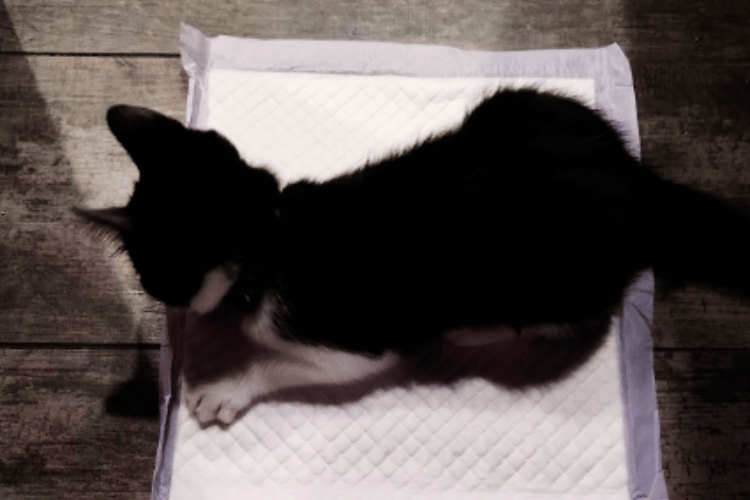
One effective strategy is to create an environment that discourages your cat from jumping on the counters. This could involve providing alternative high perches or using deterrents like double-sided tape or aluminum foil to make the surfaces less appealing. Additionally, keeping counters free of food scraps and using scent repellents can help dissuade your feline from viewing the kitchen counter as their personal hangout spot. Consistency is key, and with patience, you can train your cat to steer clear of these areas.
The Intricacies of Male Cat Marking
Male cats have a notorious reputation for marking their territory, and this behavior can extend to their bathroom habits. When a male cat feels the need to establish his presence, he might not just look for a litter box but could opt for a pee pad as well. This is especially true if he has detected the scent of other animals, like dogs, within his domain. Owners often realize that their male cat's marking can be mitigated by providing a designated spot, such as a pee pad, which can be a clean one-stop solution for their pet's spray.
Interestingly, the way a male cat marks—often by standing with a quivering tail and releasing urine—differs from how they normally relieve themselves. This means that pee pads can be a strategic tool for managing this behavior. By placing pee pads in areas where the cat has previously marked, pet owners can redirect the behavior and maintain a cleaner living space. It's important to consult with a vet if marking behavior becomes excessive, as it could indicate underlying health issues.
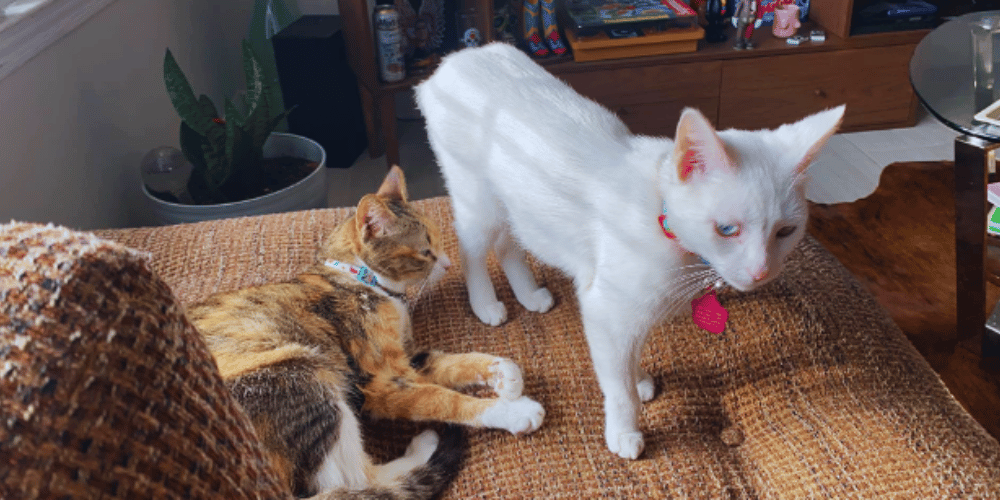
Pee Pads: A Lifesaver for Single Cat Households
For those with just one cat, managing a pet's bathroom habits can be a bit simpler. A single cat doesn't have to compete for territory or resources, which often results in fewer behavioral issues related to bathroom habits. However, even a solitary feline friend can benefit from the use of pee pads. For instance, if an owner's life is hectic and they can't always keep up with cleaning the litter box as frequently as they'd like, pee pads can serve as a backup that keeps the home clean and odor-free.
Moreover, pee pads can be a godsend during a cat's recovery from surgery or illness when mobility is limited, and access to the litter box is challenging. In such cases, placing pee pads near where the cat rests can minimize accidents and make life easier for both the pet and the owner. It's essential to hang onto the routine of keeping the pee pads fresh and disposed of properly to prevent any aversion from the cat. Pee pads made of plastic backing can also protect floors and carpets from any misses when the cat pees, ensuring the home stays as pristine as possible.
Litterbox Alternatives: Exploring Options Beyond Traditional Litters
When it comes to managing your cat's bathroom habits, sometimes the traditional litterbox doesn't cut it. Whether your cat has started spraying outside the box or you're simply looking for a cleaner one, exploring alternative solutions can make a real difference in your home. One such alternative is the use of pee pads, which can be particularly useful for older cats or those with mobility issues. These pads are designed to absorb urine and can be placed in areas where your cat has had accidents, such as on the carpet or near the couch.
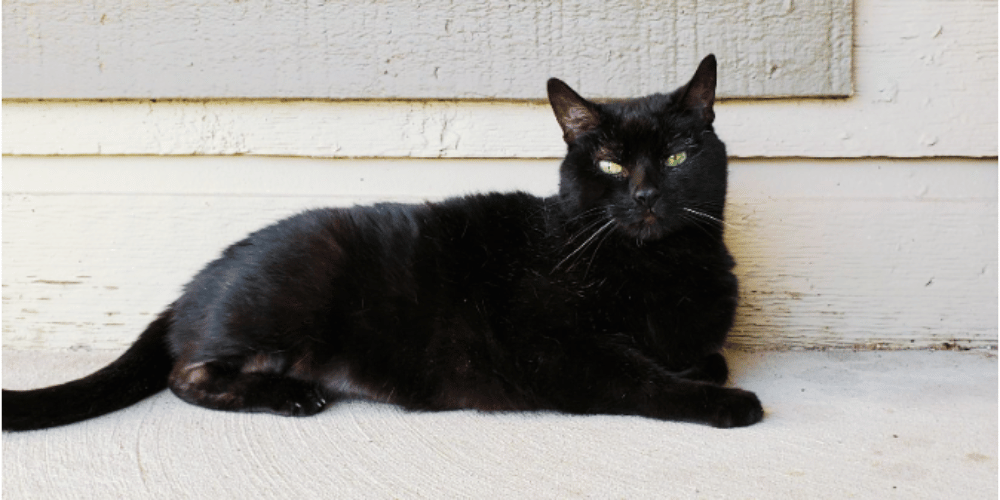
Another option to consider is a top-entry or high-sided litterbox, which can help contain litter and prevent your cat from kicking dirt onto the floor. For cats that prefer to lay their stool on soft surfaces, like a rug or your bed, providing a litter with a finer texture may be the answer. Some cat owners have even found success with placing a pee pad in the tub, as it's an easy-to-clean area that can be less intrusive than having pads throughout the house. Experimenting with different types of litters and placements can help you find a solution that keeps both you and your kitty happy.
Health Concerns and Pee Pad Usage
Health issues can greatly affect a cat's bathroom habits. Cats with arthritis or mobility issues may find it painful to climb into a high-sided litter box. In such cases, a flat pee pad can be much easier for them to use. Additionally, cats with conditions that cause frequent urination, like kidney disease, may benefit from the convenience of pee pads placed around the house.
The Role of Scent in Pee Pad Attraction
Cats rely heavily on scent to navigate their world, and this includes their bathroom habits. A pee pad with a familiar scent may attract a cat to use it. Some cat owners have found success by placing a used litter tray liner or a bit of soiled litter on top of the pee pad to introduce a familiar smell that encourages their cat to use the pad.
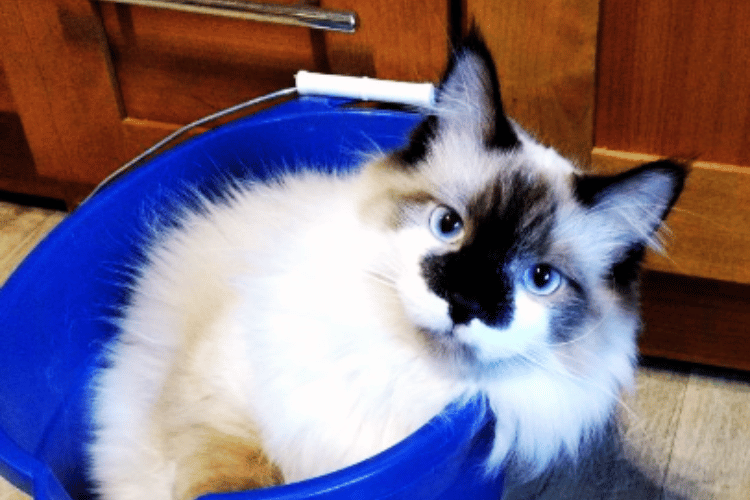
Pee Pads in Multi-Cat Households
In a house with multiple cats, pee pads can serve as an additional option to prevent conflicts over litter boxes. Having multiple litter boxes is essential, but pee pads can provide a quick alternative for a cat that may feel uncomfortable or rushed due to the presence of other cats. This can help reduce accidents and maintain harmony among your pets.
The Convenience Factor for Cat Owners
For cat owners, pee pads can offer convenience, especially in situations where maintaining a clean litter box is challenging. They are easy to dispose of and can be particularly useful during travel or in homes without a convenient spot for a litter box. However, it's important to remember that some cats may never fully adapt to using pee pads, and traditional litter boxes should still be provided.
Addressing Behavioral Issues
Sometimes, a cat starting to pee outside the litter box is a sign of a behavioral issue. Stress, anxiety, or changes in the household can lead to such problems. While pee pads can catch the accidents, it's crucial to address the root cause of the behavior. Consulting with a veterinarian or a cat behaviorist can provide insights and solutions to help your cat return to proper litter box use.
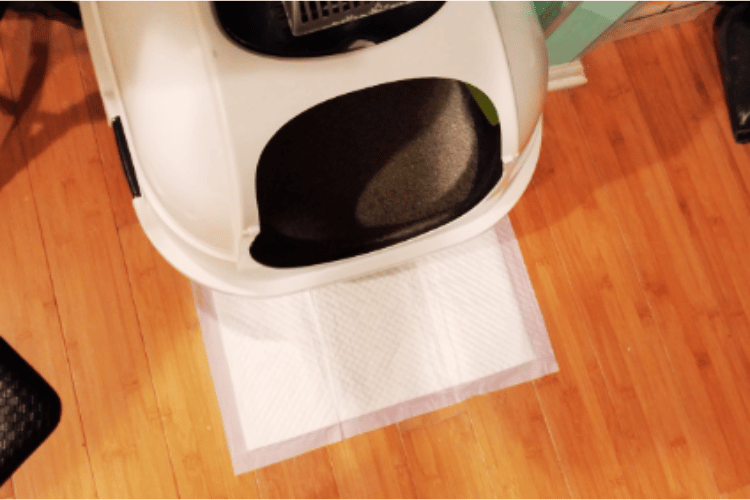
Environmental Enrichment and Pee Pad Training
Cats need a stimulating environment to stay mentally and physically healthy. If a cat is bored or lacks sufficient stimulation, they may start urinating outside the litter box. Incorporating playtime, scratching posts, and other forms of enrichment can reduce the likelihood of such issues and may make it easier to train your cat to use a pee pad if necessary.
Summary
Pee pads can be a useful tool for cat owners under specific circumstances. They provide an alternative for cats with mobility issues, serve as a temporary solution during travel, and can help manage territorial marking in multi-cat households. Training a cat to use a pee pad requires patience and positive reinforcement, and it's important to consider the cat's health and behavioral needs. While pee pads can offer convenience, they are not a one-size-fits-all solution, and traditional litter boxes should still be the primary option for most cats.
FAQ Section
Q: Can all cats be trained to use pee pads? A: While many cats can be trained to use pee pads, some may never fully adapt to them. It depends on the individual cat's preferences, health, and the training approach of the cat owner.
Q: Are pee pads a suitable long-term solution for cat peeing issues? A: Pee pads can be a suitable short-term or supplementary solution, especially for cats with health issues that prevent them from using a litter box. However, for most cats, a litter box is the preferred long-term solution.
Q: How often should I change the pee pad if my cat uses it? A: Pee pads should be changed as soon as they are soiled to prevent odor and maintain hygiene. Depending on the cat's usage, this could be once a day or several times a day.
Thank you for visiting LegitLists we hope this helps you make a legitimate choice!






